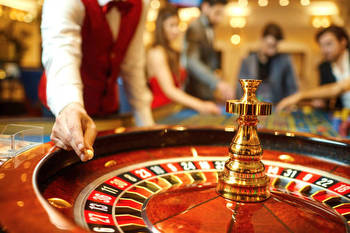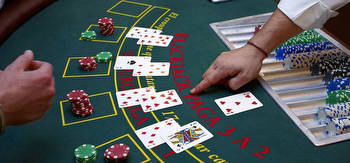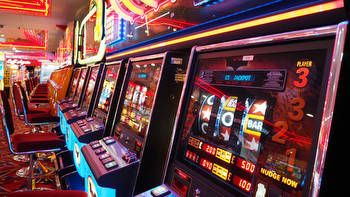A Deep Dive into the Mathematics of Gambling
From dice games in Ancient Egypt to lotteries in the Roman Empire, betting on uncertain outcomes has long gripped our imaginations. But behind every roll, deal, and spin lies the complex mathematics of probability. Understanding these equations not only reveals the built-in house edge for casinos but also equips players with strategies to cut their losses.
In this article, we’ll explore the key mathematical principles that underpin gambling games. You’ll uncover how concepts like expected value, variance, probability distributions, and more influence gameplay.
We’ll also bust common myths, like lucky streaks and the gambler’s fallacy, that intuitively feel true but defy the mathematical reality.
So get ready to nerd out on the numbers that drive the world’s multi-billion dollar gaming industry!
Probability Theory
At the heart of gambling mathematics is probability theory — the branch of math that studies the likelihood of random events. While gambling feels like a game of chance, its outcomes behave in mathematically predictable ways when examined across large numbers of bets.
Probabilities govern everything from the spin of a roulette wheel to the deal of a blackjack hand. So to dissect gambling, we first need to understand probability.
Probability theory establishes mathematical models for random phenomena. It calculates the odds of single events, like rolling a 6 on a die, and compound events, like getting two 6’s when rolling two dice. These probs are expressed as percentages or decimals between 0 and 1. The closer to 1, the more likely the event.






























